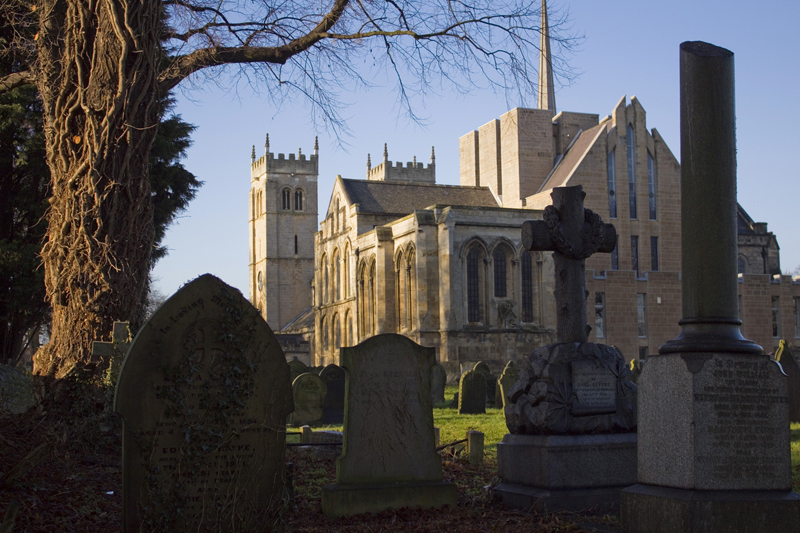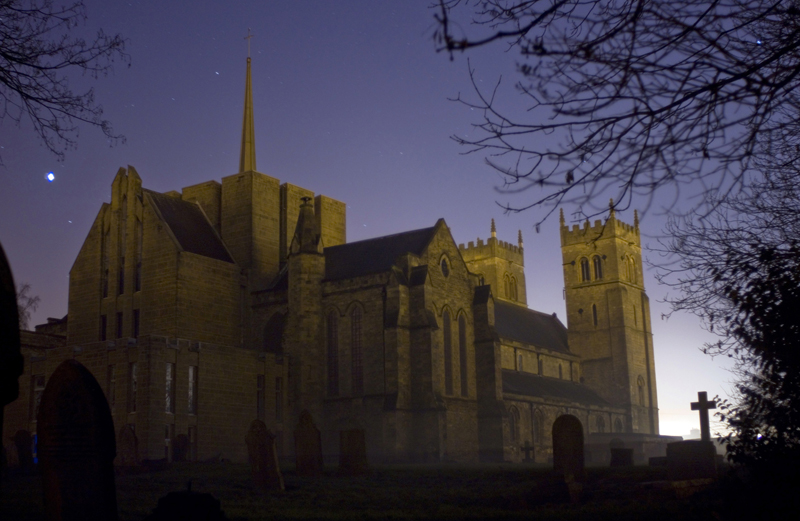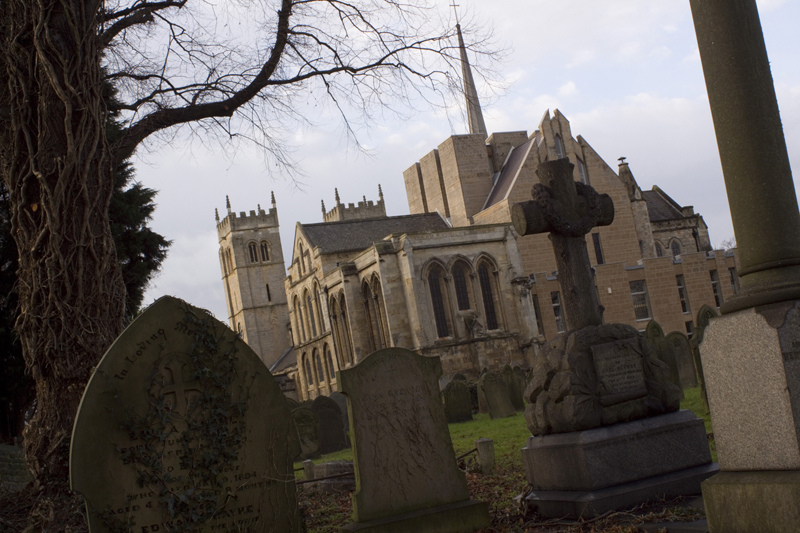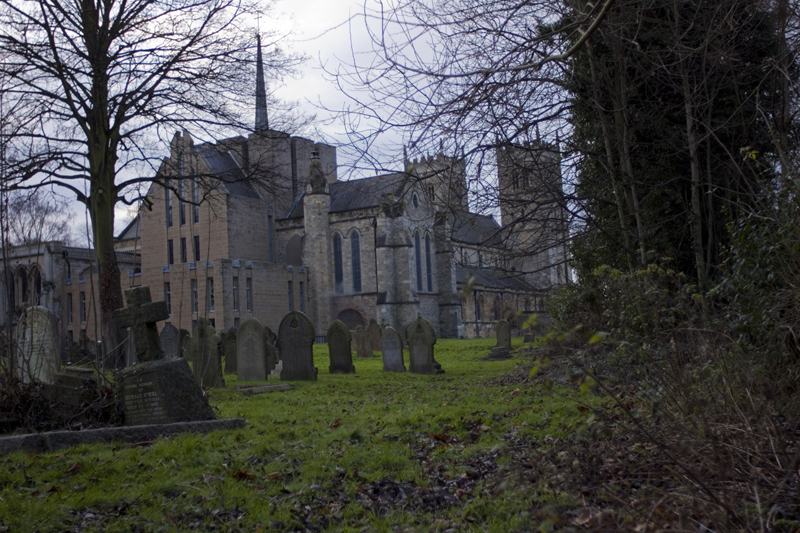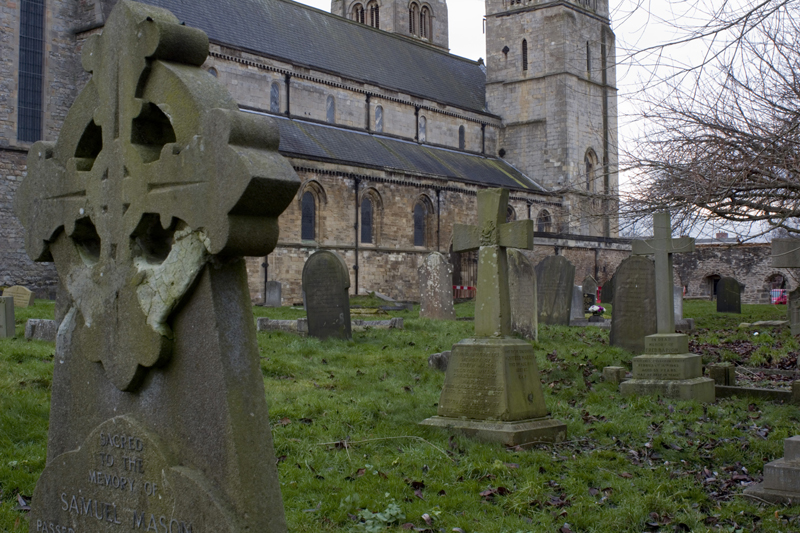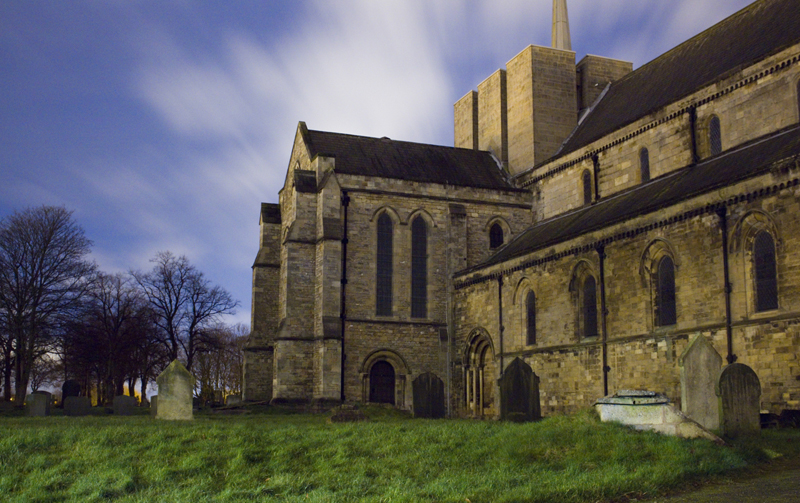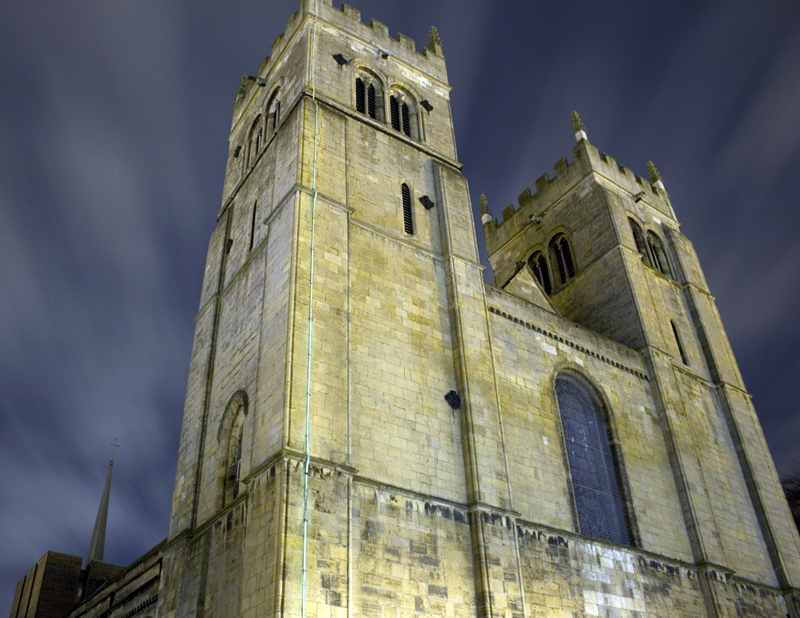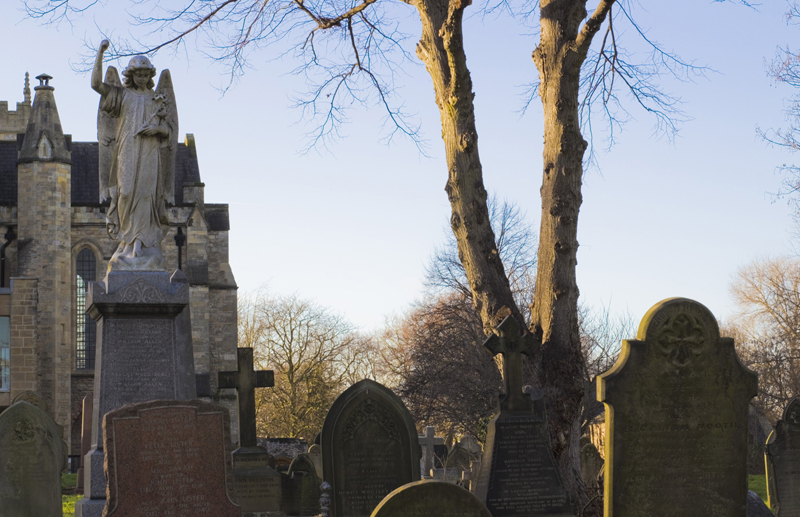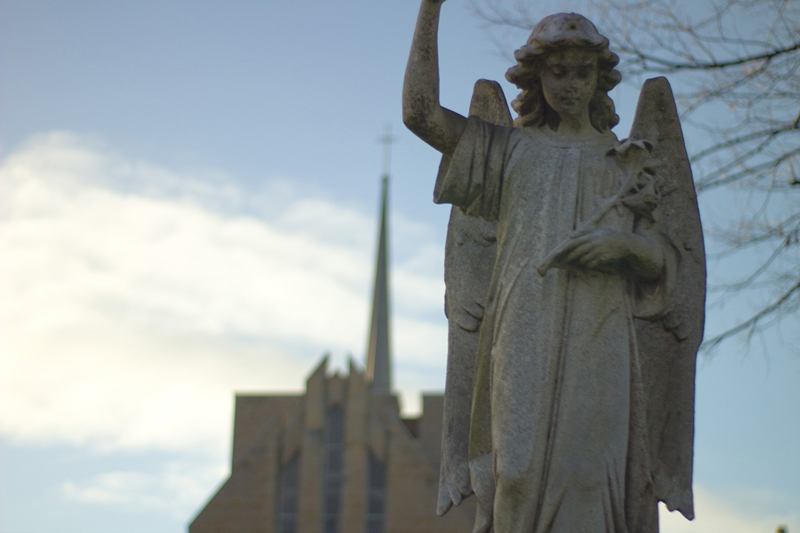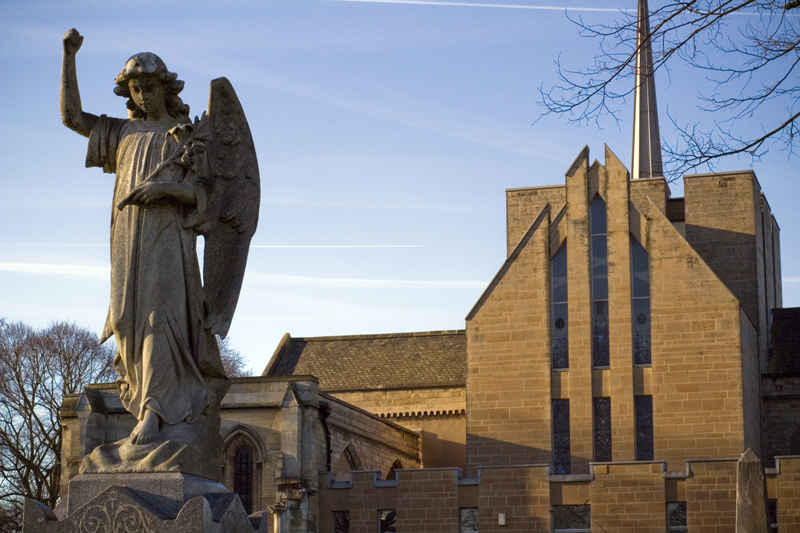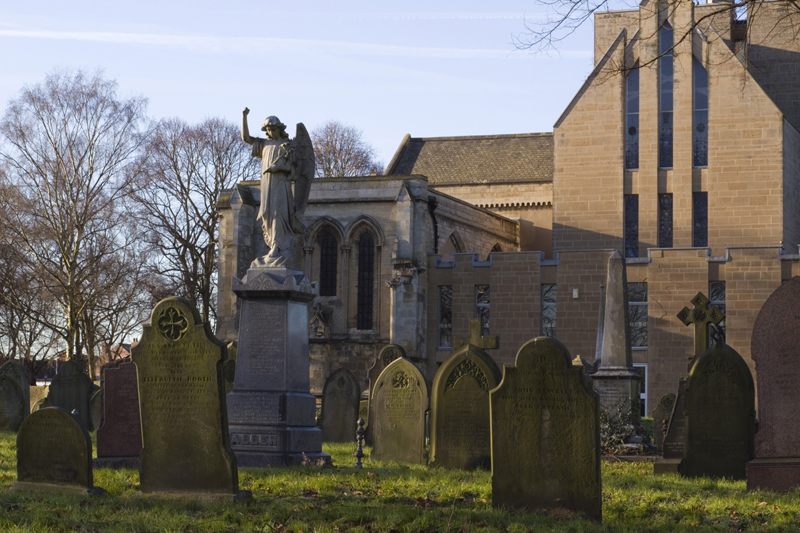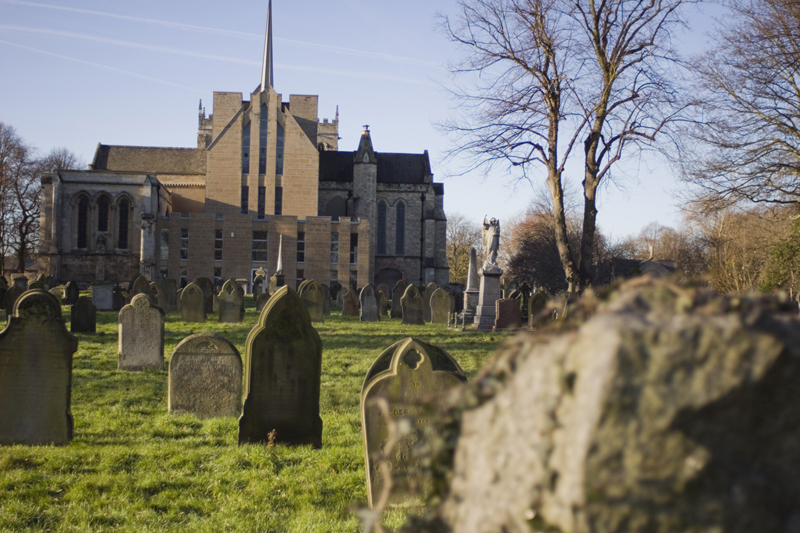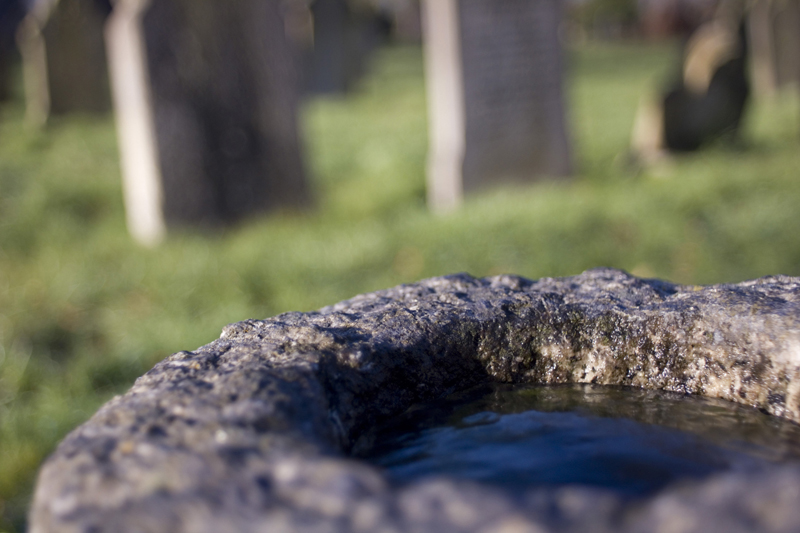I’m feeling kind of raw about this, so it may not be the best time to post, but on the other hand, ‘strike while the iron is hot’. I Shall focus on certain aspects of feedback first, and then broaden my view and see how I feel.
Specific Points
“I am sorry that you were confused about certain elements of the brief Steve. Annoyingly, there are no hard and fast rules about what you should photograph and what you intend to include within a series. Really this section of the unit is to get you to think about how you can present a coherent series of pictures that considers slightly different aspects of an overarching idea or set of themes.” White (2017)
The problem I had was not with the subject matter, it was with what was supposed to be demonstrated. The way the assignment was worded, it initially looked like a demonstration of the various different skills from the previous exercises was required. Things then changed tack, and it became apparent (though I didn’t recognise this until far too late) that one particular format was to be adhered to. The key phrase, in reference to focal length/aperture setting, (and which I initially missed) was “you should keep the same combination throughout.” ‘Should’… not ‘could’.
“It is great that you have chosen a subject that you are clearly interested (mildly obsessed?) with. It is better to deal with the things we are interested in than attempt to bolt an interest on to something that we perhaps feel we should deal with. However, it does feel that you fell back to something that was easier to work with.” White (2017)
I have Asperger’s Syndrome, so obsession is a way of life.
I didn’t really fall back on something easier to work with. As I said in my submission, while the subject matter was something I’m more familiar with, the manner of photographing it was far from my comfort zone. The original plan was, for me, far easier.
The final choice of subject matter was dictated by the fact that I only had two days before the deadline when I realised I had made an error in interpreting the brief.
“However, what is it that each image adds to the reading? How can you use the skills at your disposal to ask questions about this particular collection of objects? Could you begin to ask about the need for humans to collect things? Or about how collectors are often seen as outsiders or obsessives or nerds etc.?” White (2017)
There was nothing in the brief and there has been nothing in the coursework covering any aspect of meaning or interpretation in this manner. I realise that such things are an important aspect of art/photography, and I expect such things to come up later, but if something is not mentioned in the brief, or at any point in the material so far….
This feels like moving the goalposts.
I can create conceptual art until the cows come home, but when I have a brief to work to, I try to provide what has been asked for.
Society has moved on. ‘Nerds’ (I prefer to call myself a geek) and ‘Geek Culture’ are now considered cool and part of the mainstream. “However, geek culture is becoming increasingly mainstream…” http://journals.plos.org/plosone/article?id=10.1371/journal.pone.0142200 McCain (2015)
“What if you were to arrange some of the objects to begin to look like some kind of utopian city? Or by photographing in selective ways suggest that these things are in fact state of the art and not obsolete? What is it about these images that so clearly tells us that they are out of date, colour, material, shape?” White (2017)
It is not part of my methodology (my own voice?) to move or arrange things to create an image. I try to show things as they are, and view or interpret them through the use of the camera, not the manipulation of the objects themselves. To do otherwise would, to my mind, be contrived. These images fall far more into ‘documentary’ than ‘still life’.
Why would I want to suggest that they are state of the art objects? They are not. If the brief were to ‘represent something as opposite of what it is’, that would be fine, but it is not. I find the very idea, somehow, wrong.
There is nothing specific about these images that says the objects are out of date. That was not my intention. As I said in my submission notes “It may be that the viewer is unaware of the details of the object entirely, and quite unlikely that they will be aware of any ‘retro futurist’ aspect or context. The viewer is forced to look at specific fine details, or vague forms or shapes, and to interpret what they see in whatever manner suits them.”
If I am trying to send any kind of message with this series, it is “what a thing is and how you view it, may not be, and do not have to be, related”
“Although I understand that you were worried about adhering to the brief but after looking at your Church images, I wonder if it would have not been a better idea to continue to wrestle with this subject than to fall back on something that is practically easier to photograph?” White (2017)
As I stated in my submission notes, there was not enough material to create a coherent set, and coherence appeared to be the main objective of the brief. There was neither the time, nor suitable weather to take more shots.
What I fell back on was not practically easier to photograph. That the objects were in my own home did not make the task easier. Shooting with a tripod in a very confined space, while it’s warmer, is a lot more stressful for a person who suffers sensory overload, than shooting in a graveyard.
“Think about how you could have utilized the different technical approaches to photographic image making in order to suggest very different readings of the same actual building.
If you think about the definition of a series that I gave in the initial part of this feedback, in the church example, there would have been a coherence set by the use of the same building but each image would add another way of seeing the same space.” White (2017)
This is something I considered doing before going for a different subject. The problem here is, while the brief is written in a very confusing manner, its meaning, when finally appreciated, is specific, and it requires one specific technique to be adhered to.
So, my choices were, adhere to the brief and change subject matter due to time/weather and produce something less interesting… or stick with the original set and produce something that does not conform to the specifics of the brief.
It seems that neither one is a satisfactory solution, but I had to ask myself, when submitting for formal assessment, would the assessors mark me down for not adhering to the brief? Or more specifically… why would they not?
“The series as a whole would be more successful if the nature of these objects were to subtly unfold as the series progresses.” White (2017)
This is interesting. I placed the images in their current order based on their place in computing/gaming history. Taking a less literal approach makes sense given that my intention was to detach the aesthetic of the object from what it actually is.
A Wider View
So, taking a wider view, partly of my own reaction to this feedback, and partly of how I shall address it.
As is probably clear from the tone of my responses, I’m feeling a combination of frustration and irritation.
I’m very frustrated by the vague nature of the assignments, and on occasion, the coursework itself. I understand that interpretation is a big part of creative work, but I also know that when working at degree level, if there are specific requirements, they should be addressed. I feel there are conflicting messages here, and that troubles me.
I feel irritated by some of the feedback. Some of this will surely be down to my own grumpy and irritable nature. From my perspective, I feel like my tutor has made remarks on aspects of my submission that ignore statements that I made.
I feel irritated that his advice contradicts the requirements of the brief. Would an assessor take such an open view, at formal assessment?
Having said that, I have to ponder… what if I had never even mentioned my aborted project in the church yard?
What if I had presented this assignment in its current form, and concentrated on explaining what it was about?
What if I had not been open about my hobby, where these items are, and what my interest in them is?
I am thinking sometimes less is more. Rather than telling the story of how I came to produce the series that I did, I should have presented it in isolation. Use the limited word count to explore the set I created in more detail.
I definitely need to explore my own interpretations of my work in my submissions, lest interpretations that are a million miles from my intention are attributed to them.
On the topic of ‘finding your own voice’… I recognise that it is a tutor’s job to encourage students to find theirs. Thing is… I already known what mine is. I just haven’t expressed it or explored it openly. It is in much (though not all, due to requirements of exercises and assignments) of my work. It just isn’t obvious. I need to address this.
Conclusion
I shall do two things, and then make a decision.
- I shall, when the weather permits, go back to the church yard and take more shots, conforming to a specific style/format.
- I shall re-write the notes for the computer/gaming set I submitted, exploring the work I actually submitted, and remove any mention of the aborted set.
Whichever of these turns out best will be the assignment that I submit for assessment.
A final note to myself: Be sure I have fully understood the brief in future assignments before I start shooting. Get a second opinion.
Reference
McCain, J (2015) A Psychological Exploration of Engagement in Geek Culture AT http://journals.plos.org/plosone/article?id=10.1371/journal.pone.0142200 (Accessed 12/1/2017)
White, M (2017) Formative Feedback [Email attachment sent to Steve Challis 11th January 2017]









